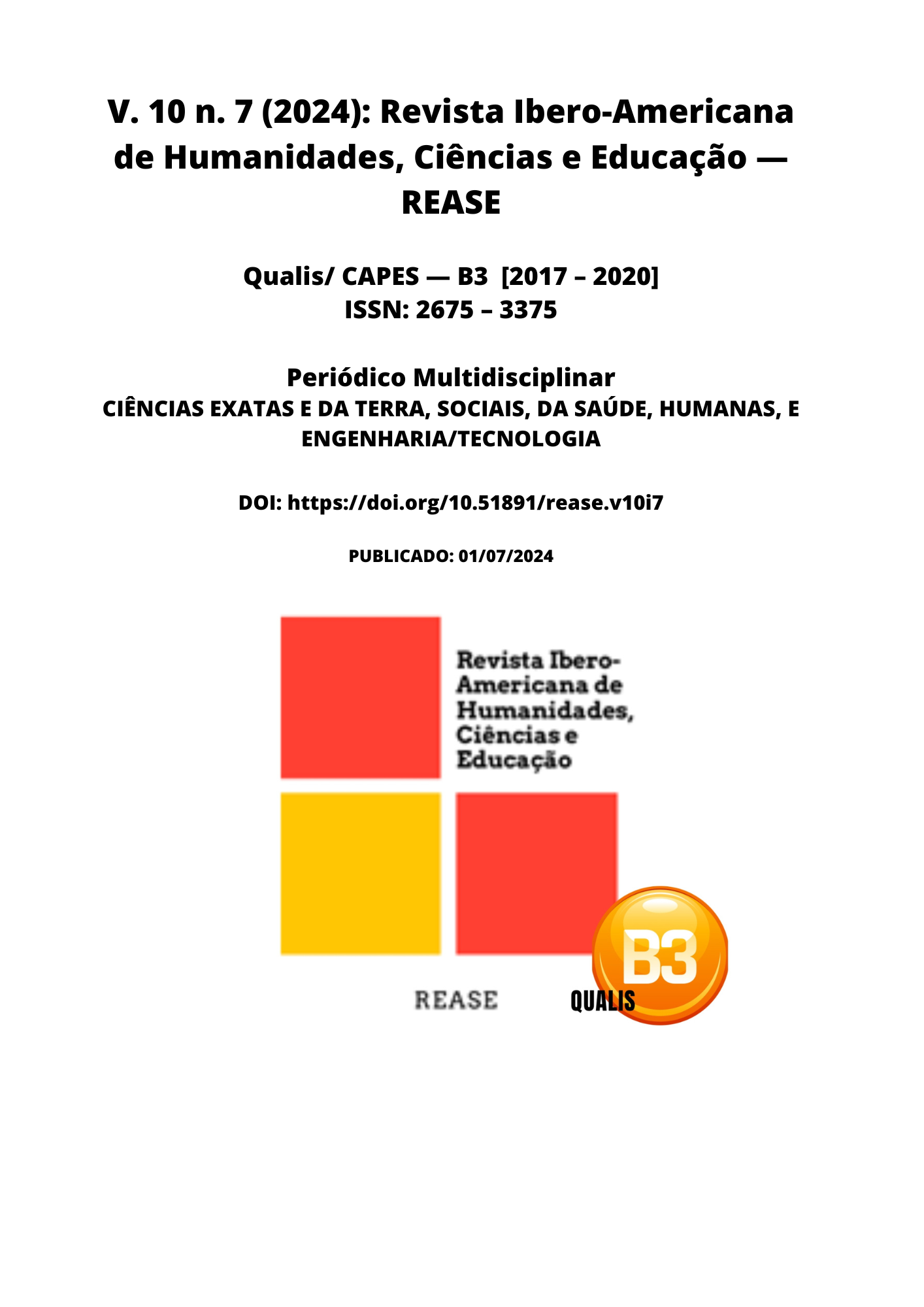PHYSIOTHERAPEUTIC PERFORMANCE IN TIBIA PROSTHESIS AFTER TRANSTIBIAL AMPUTATION
DOI:
https://doi.org/10.51891/rease.v10i7.14845Keywords:
Physiotherapy. Amputation. Prosthesis. March. Physiotherapy.Abstract
Amputation is the total or partial surgical removal of a limb, generally necessary in cases of advanced diseases such as Diabetes Mellitus, peripheral vascular disease, malignant tumors, traumas and infections, significantly affecting patients' lives. The incidence varies from 1.2 to 4.4 per 10,000 inhabitants, with more than 90% of amputations occurring in the lower limbs, a number that could double by 2050. Preservation of the knee joint is crucial for rehabilitation, with transtibial amputation being the most common. Chronic osteomyelitis is a persistent infection of bone tissue, representing a challenge due to the limited penetration of antibiotics into avascular areas, with recurrence rates between 20% and 30%. Around 23% of patients maintain infections even after three surgeries, making amputation sometimes the best option. Poorly finished stumps can cause complications and make it difficult to adapt to the orthopedic prosthesis, which is essential for control during standing and walking. Transtibial amputation occurs between the tibiotarsal disarticulation and the knee joint, classified into three levels: proximal, middle and distal third.
Downloads
Downloads
Published
How to Cite
Issue
Section
Categories
License
Atribuição CC BY

